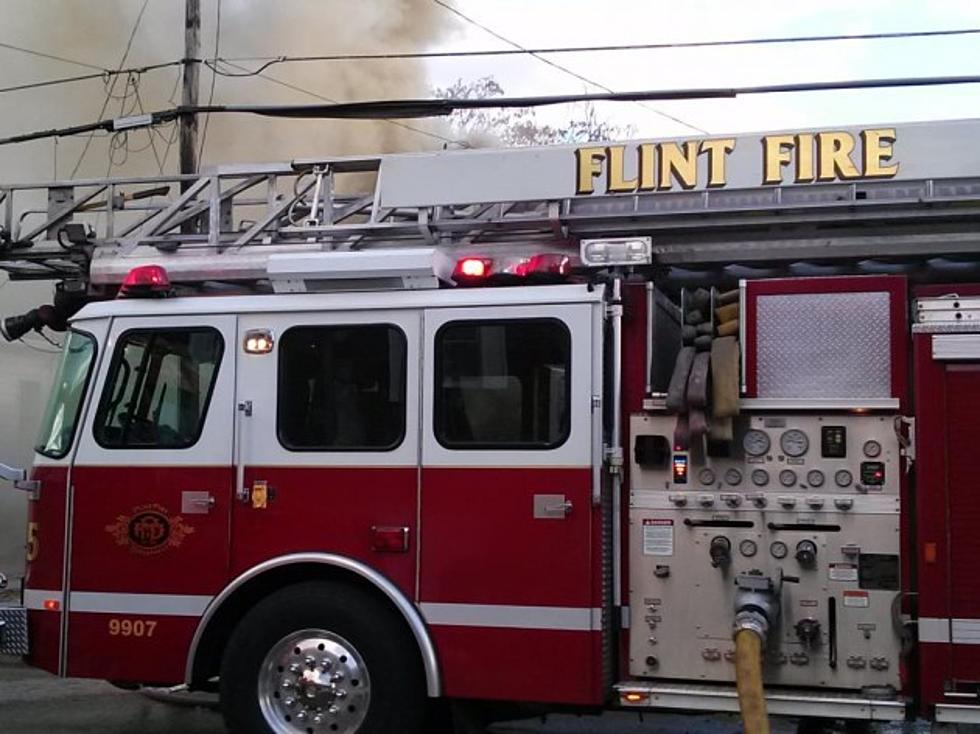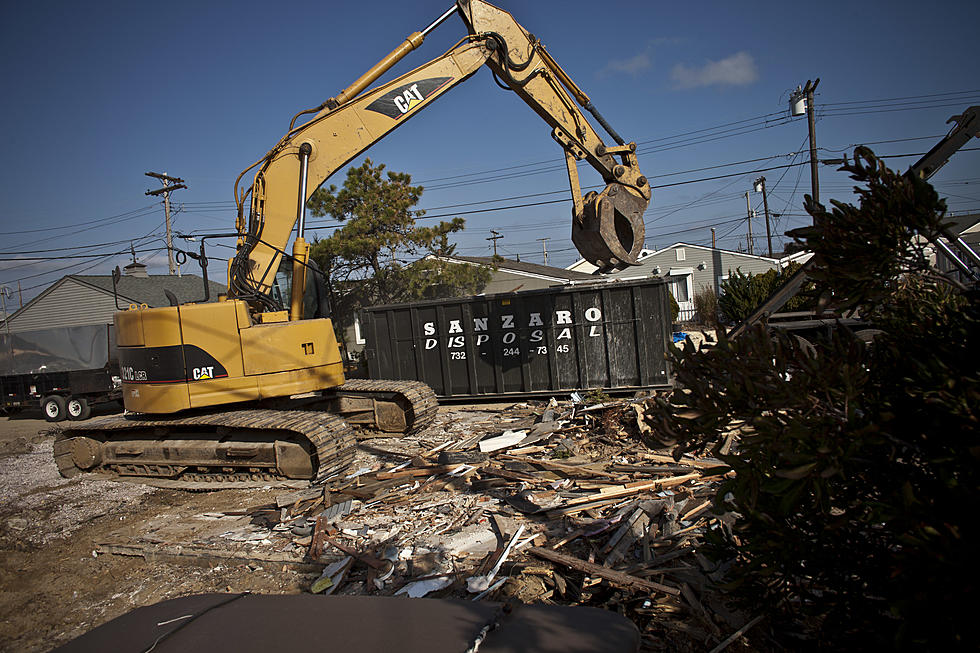
Op-Ed by U.S. Rep. Dan Kildee: Federal Funding to Fight Blight in Flint, Saginaw Will Improve Lives Statewide
Today marks the beginning of the largest residential blight removal program in our state’s history. Five communities in Michigan – including Flint and Saginaw – will see $100 million in federal investments to demolish thousands of abandoned houses that cannot be rehabilitated and that have undermined the quality of life for people who live nearby.
Since I was elected to Congress, I pushed hard for these funds, both through introducing legislation and working with federal officials to persuade them that demolition of empty and forgotten buildings will reduce the number of new abandonments and resulting foreclosures. For more than a decade before coming to Congress, I advocated for significant investments like this in America’s older industrial cities.
I believe in the future of cities like Flint and Saginaw. Yet, in order for our cities to plan and invest in their future, they must first rid themselves of the legacy of the past. This includes removing blight and abandonment from our neighborhoods. The $100 million I fought for won’t solve the problem of blight and abandonment in its entirety, but it is a significant investment and down payment.
For Flint, who will receive $20.1 million, more than 1,600 vacant and foreclosed residential properties will be removed. Saginaw is set to receive $11.2 million to raze hundreds of additional homes. These strategic investments will help to rebuild communities and restore property values for homeowners in mid-Michigan, which couldn’t come at a better time, as the housing market continues to recover.
Removing blight, like the 5,800 abandoned homes in Flint, is a proven way to strengthen communities and stabilize housing prices. A two-year study by the Land Policy Institute at Michigan State University found that just $3.5 million of previous demolition activity unlocked $112 million in increased property values for surrounding homeowners. This means that the $100 million in new federal money Michigan has received has the potential to significantly increase private equity and home values across our state.
Run-down properties – often gutted, cut off utilities, and in the worst case, burnt-out from a fire – continue to hinder the recovery of the overall housing market. If you’re a homeowner who happens to live near one of these eyesores, chances are you’ve also seen the value of your home decrease or, in some cases, completely erased.
Run-down homes also hold back the potential of neighborhoods, often acting as a magnet for crime in addition to facing the threat of arson, which further jeopardizes the safety of our neighborhoods. Last year in Flint, 90 percent of all arsons were of abandoned structures. It’s a simple fact that a house that has been demolished doesn’t burn down, nor is it the source or site of violent crime.
Moreover, there’s another effect that, for me personally, is the most important outcome. While the positive impact demolition can have may be measured in purely economic terms, imagine the family who, instead of walking out on their porch every day and looking across the street at an abandoned house, now sees a community garden.
These funds will help free residents from the constant reminder of the past and what used to be – a boarded-up, empty house for example – and instead focus the discussion on where cities like Detroit, Flint and Saginaw can go from here.
For the young children living next door to blight, removing a hollowed-out house sends an important message that they matter, the trajectory of their lives matter, and showcases that the greater community says it’s unacceptable for some of our children to live next to a burned down shell of a house.
Literally changing the landscape of a neighborhood may very well change the way those families and children view their own life for the better. And while immeasurable purely in a statistical sense, that’s in essence what these funds seek to accomplish – having a positive and long-lasting impact on the lives of thousands of Michigan residents.
More From WFNT


![U.S. House Passes Resolution Calling for Release of Amir Hekmati, Other Iranian Prisoners [Video]](http://townsquare.media/site/47/files/2015/06/FreeAmir.org_-e1418818090162.jpg?w=980&q=75)






